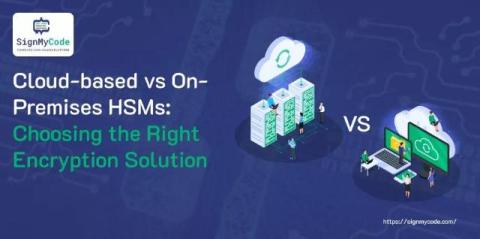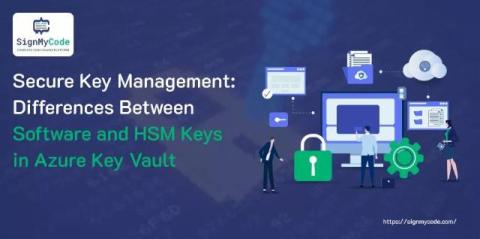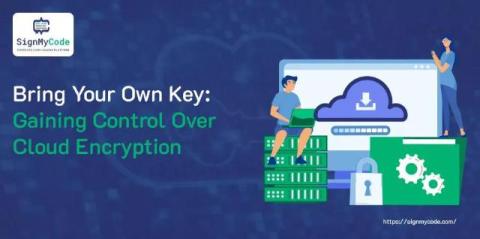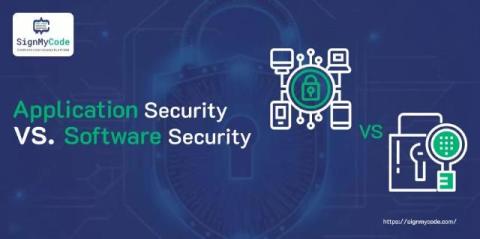What's the Difference Between Signed and Unsigned Drivers?
A Signed Driver is a software entity which is usually a device driver or can be a kernel module and has been signed cryptographically by its developer or producer using its digital signature. This mark renders a unique identification and authentication mechanism ensuring authorship and integrity protection. Signed drivers are the main actors who guarantee the system’s safety and stability by permitting only trusted and verified software components to communicate with the kernel.












